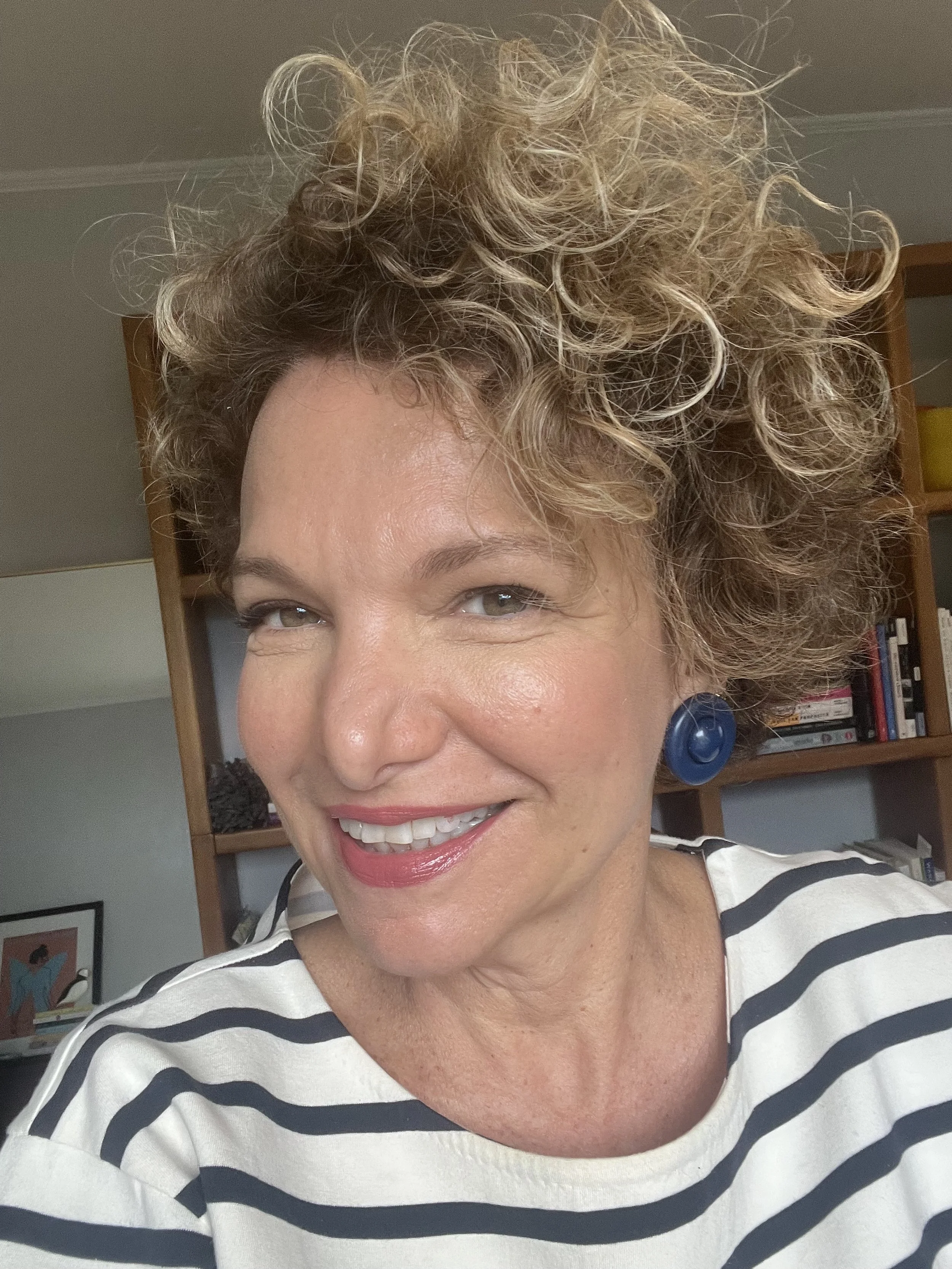How I wear colors that are not the best for me
In a previous post, I talked about what contrast complexion means to our complexion and how it impacts the way the clothes we wear look on us.
Just as a reminder:
Your contrast is the difference between light and dark. It takes into consideration your skin, eyes, hair, and eyebrows.
For example, if you have fair skin and dark hair, your contrast would be high or medium-high. But if you have a light skin tone and blonde hair, your contrast is much lower.
The same theory applies if you have black skin, dark hair, and eyes.
My contrast is medium.
So what do I do if I want to wear a high-contrast sweater like the one in the photo?
In this case, I add a dark earring, lipstick with more color than I usually wear, and black eyeliner. It is subtle, but it makes a difference.
During the color analysis, my clients learn about their contrast and how to compensate if they want to wear clothes and accessories with different contrast.
A quick tip:
Your color palette never changes, but your contrast can alter if you dye your hair or go gray. But don't worry! We talk about all these differences during our Color Analysis.
To learn more, read the following posts about color analysis:
Disclosure: Keep in mind that I link products and companies based on their quality, my personal opinion, my experience and professional expertise. Some of the links in my posts are affiliate links and if you go through them to make a purchase I will earn a small commission. The decision is yours, and whether or not you decide to buy something is completely up to you.





